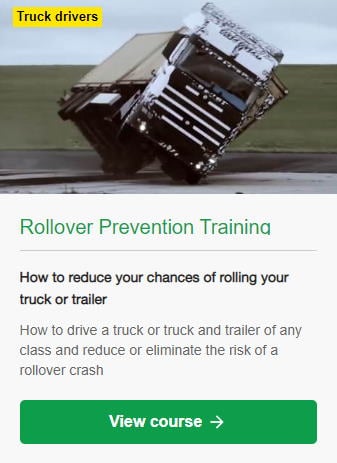Tanker trucks are a convenient way to move around bulk liquids, gases and powders. Sizes are variable, from small fuel trucks and biohazard waste trucks up to large b-trains and semitrailers. The tank can either be attached to the truck body (i.e. a rigid truck), be a separate trailer, or a semitrailer.
Tanker characteristics
The tank itself can be insulated or non-insulated, pressurised or non-pressurised, and flameproof or not. Some tankers are completely compartmentalised, while others are separated with baffles to reduce the sloshing of the liquid. Some, such as milk tankers, cannot have baffles due to the difficulty cleaning them.
Standard tankers are usually made from aluminium. Insulated tankers have a blanket that wraps the tank. This means that the effective volume of the tank is smaller.
Tankers are not made to be a perfect cylinder as this creates more sloshing of liquids; they are now more oval-shaped.
Typical volumes
A small fuel truck or water tanker will hold around 5000 litres, a medium rigid tanker around 13,000 litres, and a large semitrailer or b-double will hold over 20,000 litres.
The maximum volume is a function of the weight capacity and static roll threshold of the vehicle.
The weight capacity is determined by the number of axles and the distribution of the weight over the axles. The static roll threshold is determined by the centre of gravity of the load. As the liquid has quite a high centre of gravity, and because it’s a live load (i.e. can move) a tanker is less stable.
The minimum SRT for a tanker trailer is 0.45g, not 0.35g, and 3.9m not 4.3m as with, for example, a curtainsider.
Tanker drivers must have rollover prevention training – click the image above.
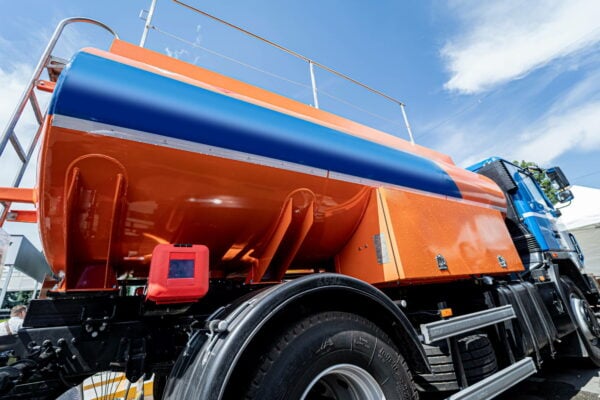
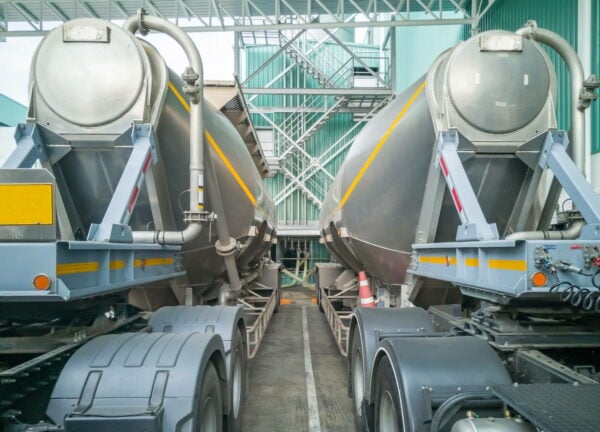
Granulated sugar waiting to be unloaded
Dangerous goods can be transported in tankers. If there are compartments, the goods are classed as segregated under the Rule. If you need to know more about transporting dangerous goods, you can do a D endorsement course.
What types of goods are transported in tanker trucks
- Fuel – petrol, diesel, LNG, etc
- Chemicals – any liquid or gaseous chemicals from liquid hydrogen to acid
- Foodstuffs – liquefied sugar, granulated sugar, milk, wine and much more
- Water – for filling domestic and commercial tanks, cleaning roads, etc
- Powders and grains – cement
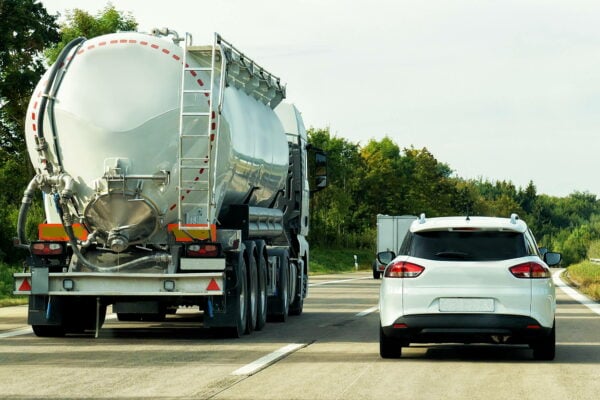
How do you get the goods in and out of the tank
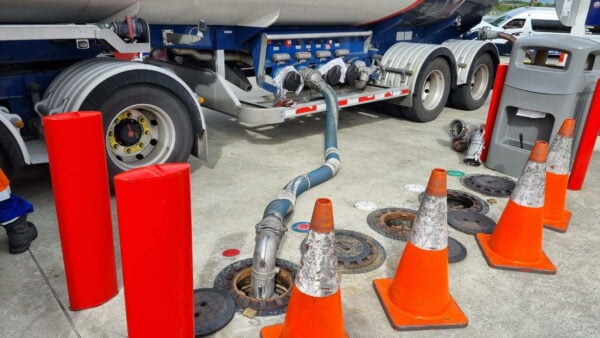
To get the liquids, gases or powders into of the tank, they can be loaded from the top or the bottom.
Loading from the top is common for powders and non-flammable liquids. Loading from the bottom is almost always used for fuel due to static electricity buildup; a powerful pump is needed for this.
To get the materials out, there are different options such as sprayers and hoses. Fuel is often gravity-fed, while powders are blown out.
Removable tanks, configured the same size as a shipping container, can be attached to skeletal trailers.
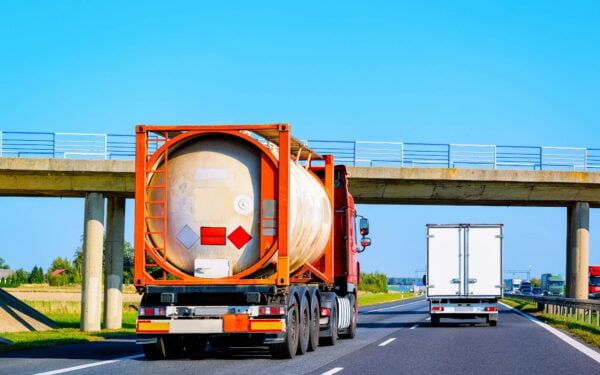
These have the advantage of being able to be loaded and unloaded using a crane, straddle carrier or reach stacker, and transferred to another mode of transport, such as ship or train.

